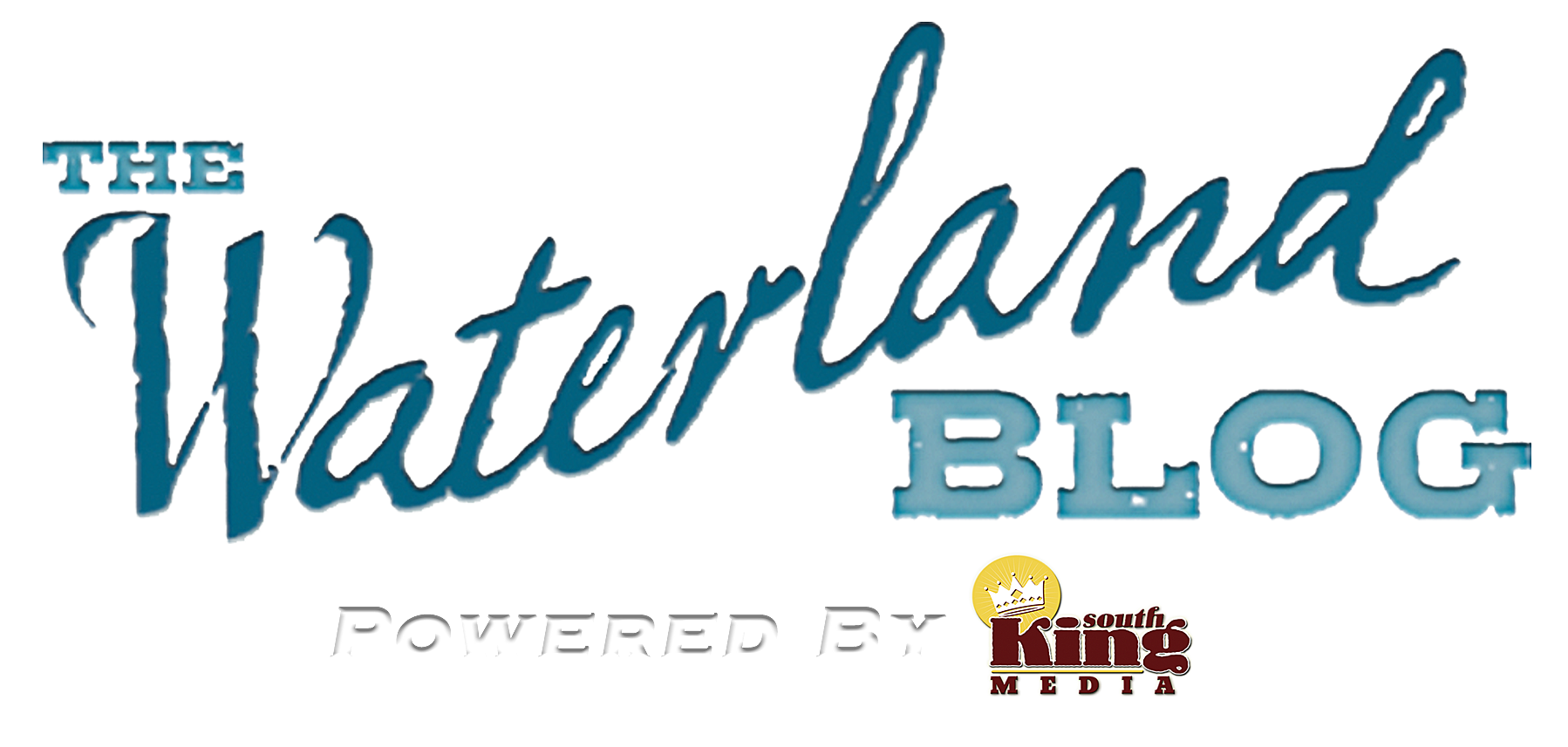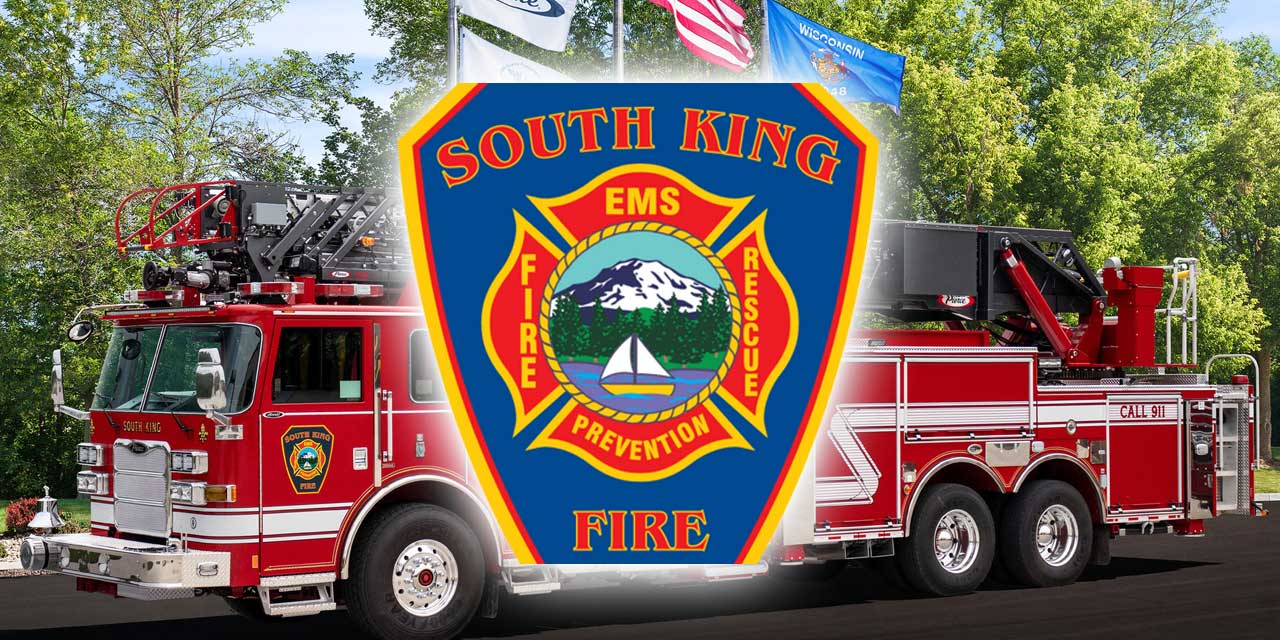Recently the South King Fire and Rescue was awarded a Washington Utilities and Transportation Commission rail safety grant for its Hazardous Materials Team.
State regulators approved more than $21,000 in grant funding to improve emergency response at railroad crossings in King County.
The funding will support the purchase of an aerial drone for $13,866, and a weather station for $7,377.
Both of these purchases will assist SKF&R’s Hazardous Materials Team in responding to railroad incidents. The weather station will replace the current weather station that has served the community for over 15 years and is mounted on HazMat 361.
HazMat 361 is a special operations team that responds out of Station 61, located in Auburn. The team consists of 12 firefighters that are certified Hazardous Materials Technicians with the ability to respond, assess, and mitigate any hazardous materials incidents within the King County Zone 3 area. HazMat 361 is the first responding hazmat unit for any railroad or rail crossing incident that involves hazardous material spills. Hazmat 361 is also a part of the Zone 3 Hazmat providers group that includes Renton Fire, Port of Seattle Fire, and Puget Sound Regional Fire Authority. Zone 3 Hazmat providers respond to all major hazmat incidents in South King County.
The hazards this grant will address will be all the hazardous materials carried by rail through the Auburn valley. Between BNSF and UP, more than 75,000 loads of hazardous materials are transported through the Auburn valley annually. Accidents at grade crossings with private or commercial vehicles have a potential for a rail car derailment that could result in a large-scale hazmat incident.
The first step in responding to a train derailment is to find out where and what is involved in the incident. In the event of an accident at a grade crossing, the railcars involved in the derailment could be a long distance away from the actual grade crossing. A drone can be deployed in minutes and sent down range to gather important information, including the number of cars involved, access locations or impediments, type of rail cars involved, railcar markings and car number, load limit, empty weight of car, placards, and pressure relief device information. Gathering this much information in a short time frame would be instrumental in eliminating or mitigating the hazard to the public and first responders.
Drones can be flown down range in a matter of minutes, rather than suiting up hazmat technicians, which can take 30-60 minutes and require additional resources such as backup and decontamination teams. Distance and access issues could also delay the gathering of important information. If a fire is involved, the thermal imaging camera on the drone can locate the seat of the fire or changes in temperatures within rail cars that can indicate a chemical reaction of the products being transported. The thermal camera can also be used to locate victims or persons in the area that may be in danger.
The training plan will include hazmat technicians completing the FAA part 107 course and passing the FAA test (addendum I). We will also utilize the NFPA drone knowledgebase and free online training (addendum J, K). FEMA will be opening a new “Managing Unmanned Aerial Systems in Emergency Response – Railroad Operations Powered by DroneDeploy (MUASER-RO)” course in 2023 at the SERTC training location in Pueblo, CO (addendum L). This is a FEMA-funded course with no costs to the department. Ongoing training will be done monthly and conducted with the King County Zone 3 HazMat teams.
Implementation of this project could take 6-12 months to be fully operational. This will include the purchase of the drones, creating a policy, training, and FAA certification.
South King Fire and Rescue is grateful for the partnership and investment by the Utilities and Transportation Commission to help keep our communities safe. We will continue to be great stewards of the monies and equipment entrusted to us to serve the communities of South King County.


